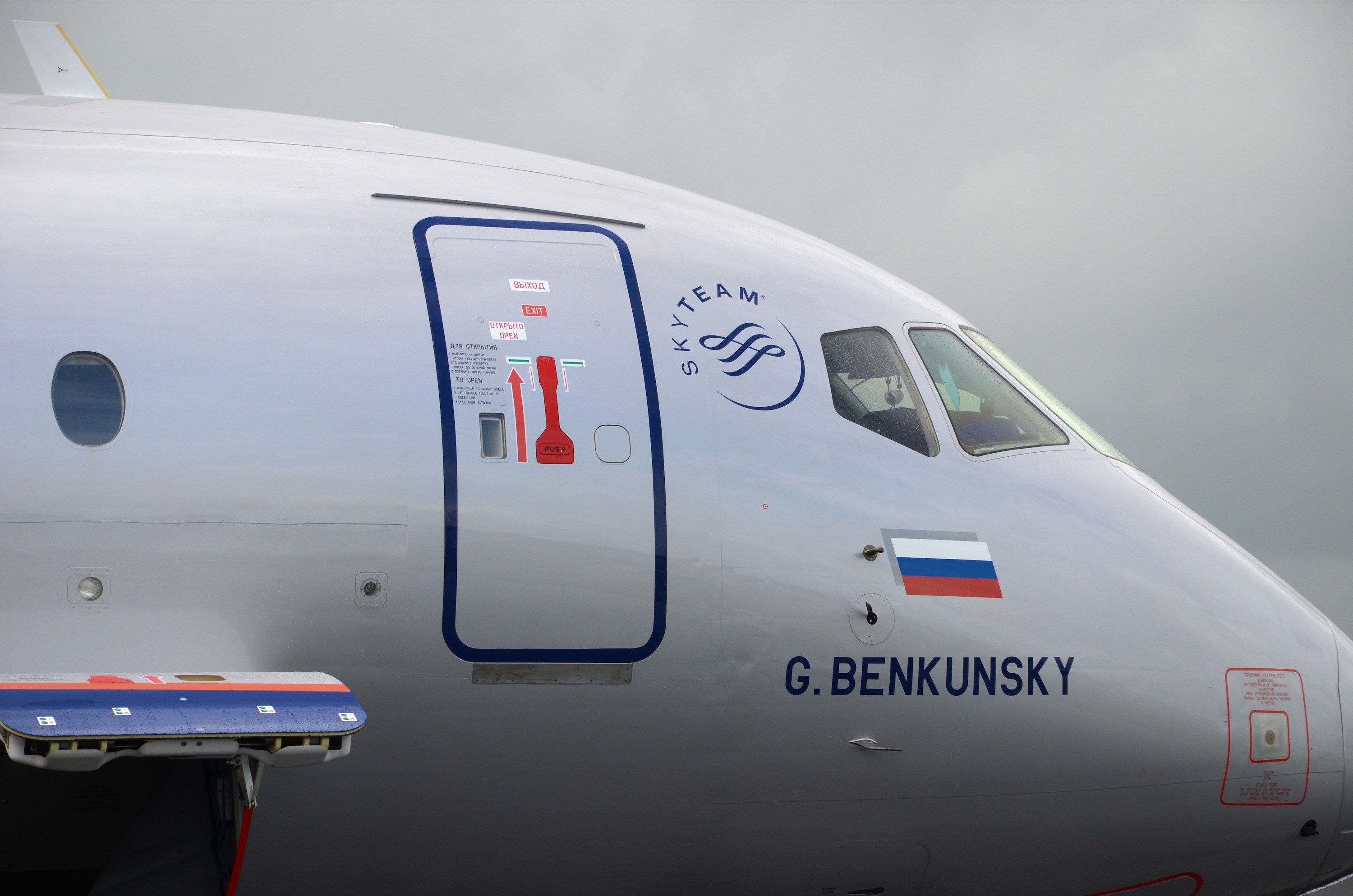While such deals across the rising eVTOL industry seemingly represent a new aerospace business model in which customers have a stake in the overall success of the product, a detailed review of securities filings and other fine print by The Air Current reveals a far more transactional arrangement. Airlines are lending their branding and credibility in exchange for a possibly lucrative piece of a buzzy market, regardless of whether or not an aircraft will be delivered or even formally ordered.
Jon Ostrower and Elan Head·
It's been a frenetic week for fleet moves. Alaska Air is formally removing the asterisk on its Proudly All Boeing moniker, Delta got an all-new aircraft type, Air Canada's getting in line for early A321XLRs and the FAA is putting a significant question mark over the availability of the 737 Max 10. After the crash of China Eastern 5736, The Air Current compares historical high rates of descent for key air accidents. It's an important dose of perspective in the early phases of the investigation into what brought down the 737-800. Whisper Drone charts a course for high-speed electric flight. TAC spoke with Whisper Aero founder Mark Moore about its new drone testbed and its prospects as a promising early application for its ultra-quiet electric propulsors.
As part of our on-going detailed coverage of the invasion of Ukraine by Russia and the resulting impact to global aviation, The Air Current has constructed an interactive data visualization of the fleet of Western-made aircraft flying today inside of Russia.
NetJets and FlightSafety International – both units of Warren Buffett’s Berkshire Hathaway – have jumped into the electric vertical take-off and landing market, announcing plans for a strategic partnership with the German eVTOL developer Lilium. Buffett’s aviation investments have been stretched across the aerospace chain and with varying success.
Chorus Aviation is acquiring Falko Regional Aircraft, kicking off a fresh round of consolidation in the leasing space -- this time among those who focus on regional aviation.
The Federal Aviation Administration and U.K. Civil Aviation Authority have started working toward a bilateral agreement for the future certification and validation of eVTOL aircraft. It’s a post-Brexit signal that the CAA is not looking exclusively to Europe for guidance.
Denial of aviation is a weapon that predates the 21st century battlefield. Yet, with the return of war to Europe, it is also aviation’s Achilles’ heel. With it comes a cascading series of immediate and longer term consequences in the skies as commercial and industrial links are quickly broken after decades of cultivation following the fall of the Soviet Union.
From the acute regional airline pilot shortage to the strategies and technologies laying the foundation for single-pilot and autonomous operations, TAC’s editorial and analytical team hosted a candid 60-minute discussion and Q&A session on the future of aviating and the enablers and limits to growth.
Elan Head and Jon Ostrower·
For Wisk and its major backers, it’s all or nothing — and if the startup can win a fully-autonomous certification, it offers Boeing a bridge to adapt those technologies to its next-generation airliners, a goal it has eyed since at least 2017.
These findings imply that the first wave of eVTOL developers should focus less on pitching their services as a daily commuting solution, and more on a mix of use cases that can support a practical and profitable roll-out. There’s a chicken-and-egg element involved in scaling UAM: driving costs low enough to create the demand that will drive costs down even further. While there are additional hurdles to scale (such as coordinating thousands of low-altitude flights per day in congested urban airspace) economics will be front and center in establishing this new industry’s viability, and the evidence suggests that if you build a system for commuters alone, they won’t come.
Today, the same intuition that initially drove the networks to preserve breadth – the points on route maps – through flying smaller aircraft has shown a recent shift away from the regional aircraft. The recent new trend signals a potential change for the regional aircraft industry, and for the small communities that rely on a connection to the world’s aviation system.
When Embraer spinoff Eve on Dec. 21 confirmed plans to combine with Zanite Acquisition Corp., it became the sixth company in the urban air mobility space to link up with a special purpose acquisition company (SPAC). Rather than speak to the continued strength of SPACs, however, the deal illustrates the funding vehicle’s decline as an ample source of outside capital — even as it cements Embraer’s strategy of using partnerships to expand into new markets.
Sign up to receive updates on our latest scoops, insight and analysis on the business of flying. (function($) {window.fnames =...
TAC Analysis details its 2022 forecast in two parts, continuing with the obstacles and opportunities facing airlines heading into the new year. The United States traffic doubled in 2021, rebounding as passengers continue to return to the skies, but the remaining recovery will be paced by the airlines’ ability to accept it. Touching 89% of 2019 levels on Thanksgiving weekend, we expect the recovery to stall, ending 2022 still below 100%.












